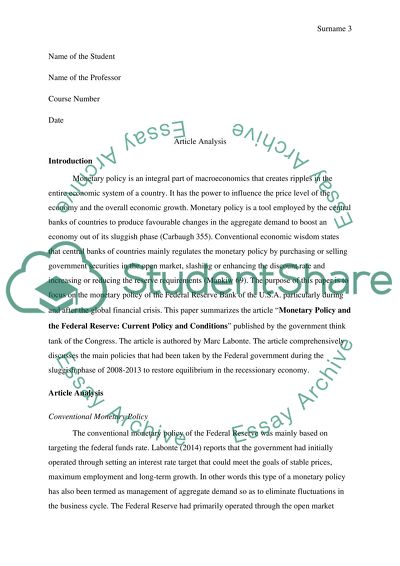Cite this document
(“Monetary policy: the Federal Reserve Bank of the U.S.A Essay”, n.d.)
Monetary policy: the Federal Reserve Bank of the U.S.A Essay. Retrieved from https://studentshare.org/macro-microeconomics/1672481-monetary-policy-the-federal-reserve-bank-of-the-usa
Monetary policy: the Federal Reserve Bank of the U.S.A Essay. Retrieved from https://studentshare.org/macro-microeconomics/1672481-monetary-policy-the-federal-reserve-bank-of-the-usa
(Monetary Policy: The Federal Reserve Bank of the U.S.A Essay)
Monetary Policy: The Federal Reserve Bank of the U.S.A Essay. https://studentshare.org/macro-microeconomics/1672481-monetary-policy-the-federal-reserve-bank-of-the-usa.
Monetary Policy: The Federal Reserve Bank of the U.S.A Essay. https://studentshare.org/macro-microeconomics/1672481-monetary-policy-the-federal-reserve-bank-of-the-usa.
“Monetary Policy: The Federal Reserve Bank of the U.S.A Essay”, n.d. https://studentshare.org/macro-microeconomics/1672481-monetary-policy-the-federal-reserve-bank-of-the-usa.


